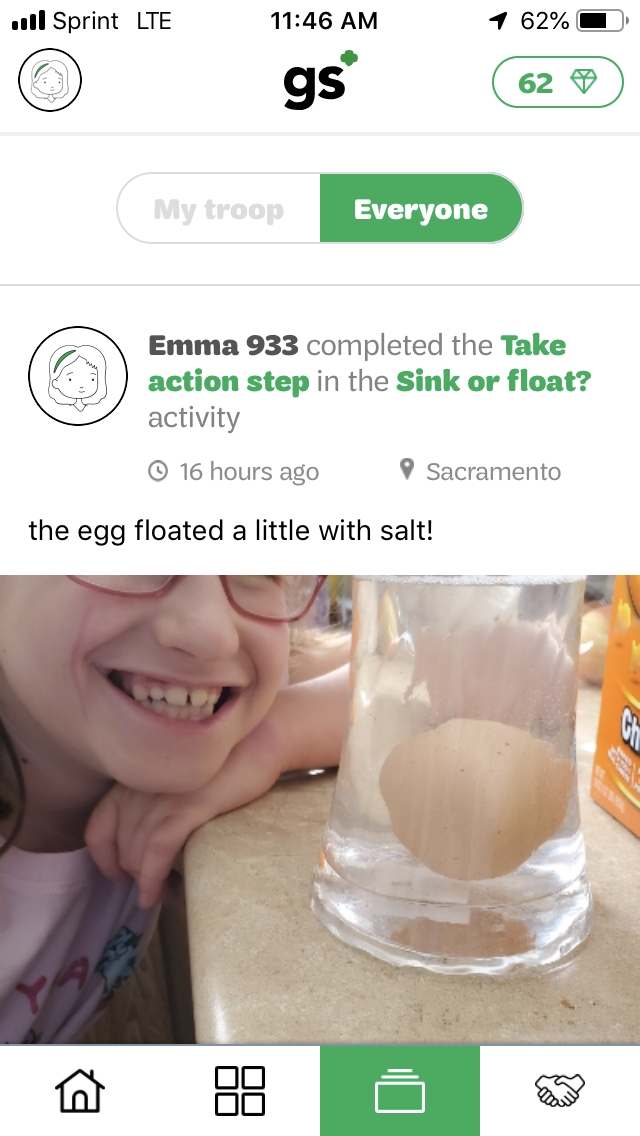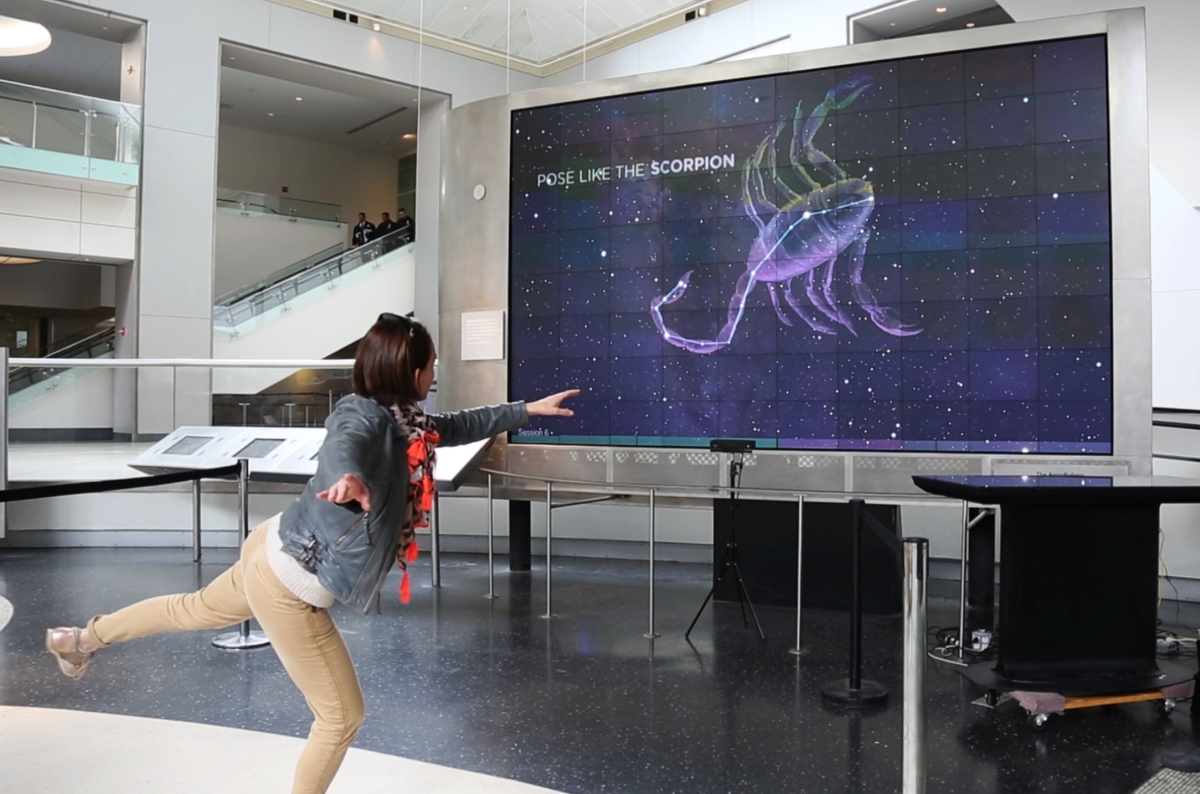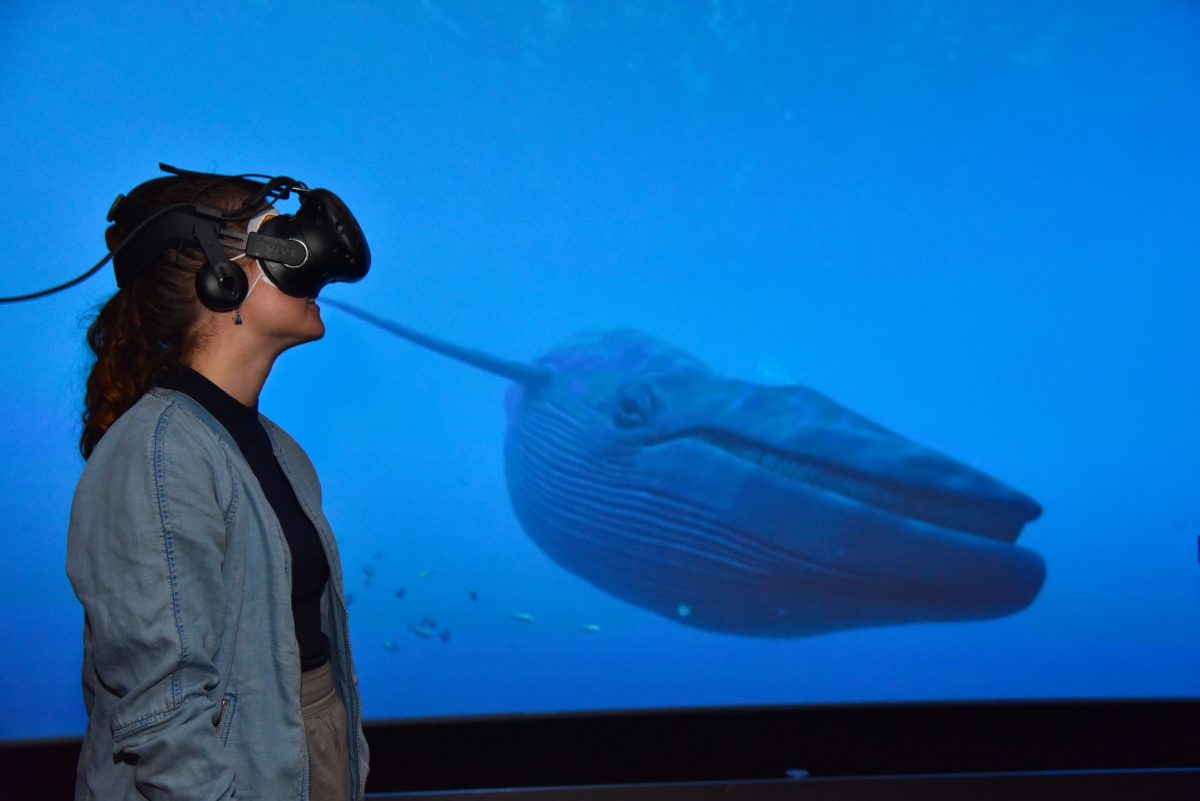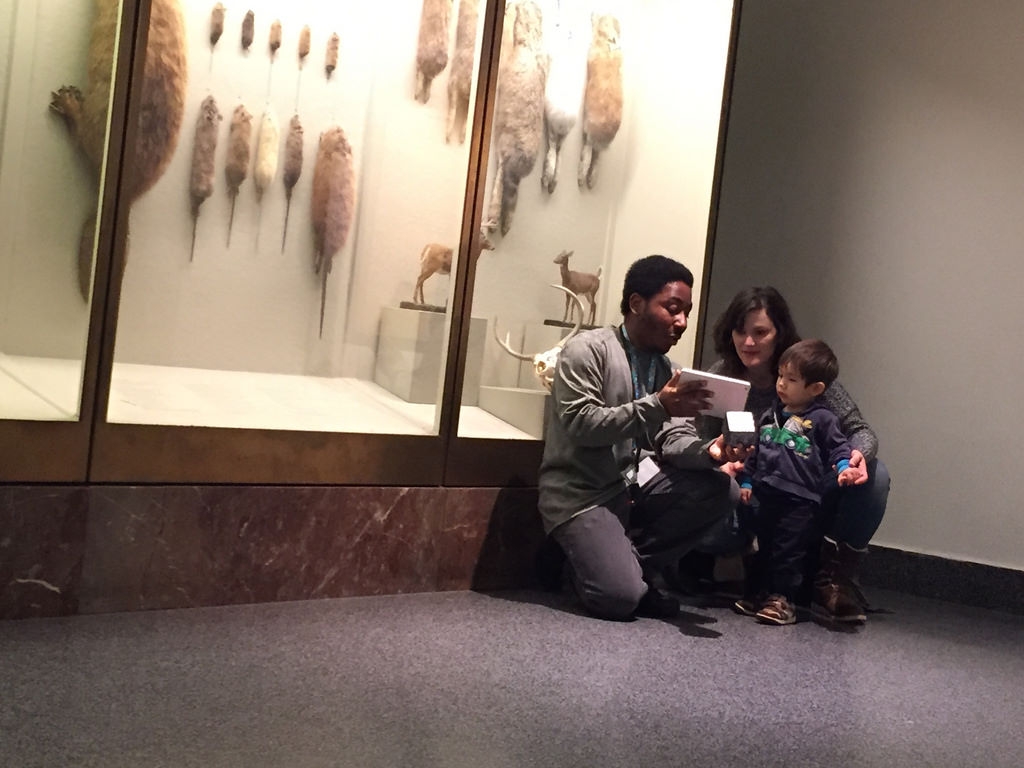×

Get Email Updates
Subscribe and receive our newsletters to follow the news about our fresh and fantastic products.

After four years working with youth programming at the American Museum of Natural History, the main focus of my efforts shifted to running prototyping and evaluations for visitor-facing experiences. Over two years we interviewed over 1,500 visitors and observed around 4,000.
Public-facing prototyping and evaluation sessions provided the Museum with a clearer view into the kinds of experiences it might choose to develop in the future, and surfaced recommendations for building in-house capacity to produce these interactives.
For over two years working at Girl Scouts of the USA I co-lead the evaluation and assessment process for two national pilots of mobile experiences, and then co-lead weekly data-based decision making for the organization’s post-Covid pivots.
Below are just a few examples:

Can Girl Scouts provide a direct-to-girl mobile experience, to support their abilities to pursue their interests when at home and learn more about the world around them? To find out, we developed a gamified mobile experience, with carefully chunked activity steps, and piloted it with Troops around the country. The rich evaluation process taught us key lessons about what we can – and can’t – do with digital engagement.

You can watch a space show in a planetarium but how can you invite visitors to interact directly with data-based astro-visualizations? For over a year and a half we developed mobile and wearable interactive prototypes using Digital Universe, the most complete and accurate 3-D atlas of the Universe. The experiences allowed visitors to discover that stars within constellations are not coplanar, as they appear from Earth. As users walked toward (and into) a constellation, it became apparent that some stars are much closer than others. Testing prototypes in, and for, the Hall of the Universe, we eventually turned to gesture-based interatives on the Hall’s Astrobulletin screen.

The American Museum of Natural History regularly offers special, family-oriented all day events and evening, ticketed programming. Can, and should, virtual reality experiences be introduced into public events? How does the experience deepen visitors’ engagement with the Hall content and extend their learning? How can it provide new opportunities for social interaction with their family and friends? To answer questions like these we brought both original and existing content to visitors to learn with them about the role VR might play in the visitor experience of the future.

The over 200 scientists at the American Museum of Natural History often work with CT scans of their specimens. Could we turn scientists’ digital data into Hall-based interactives? Could we enhance public understanding of data collections and visualizations? Would visitors even be interested in interacting with CT scans? (spoiler alert: YES!) To find out we put 16 bat skull scans on a Merge Cube and spent three months offering visitor’s a tangible augmented reality experience.